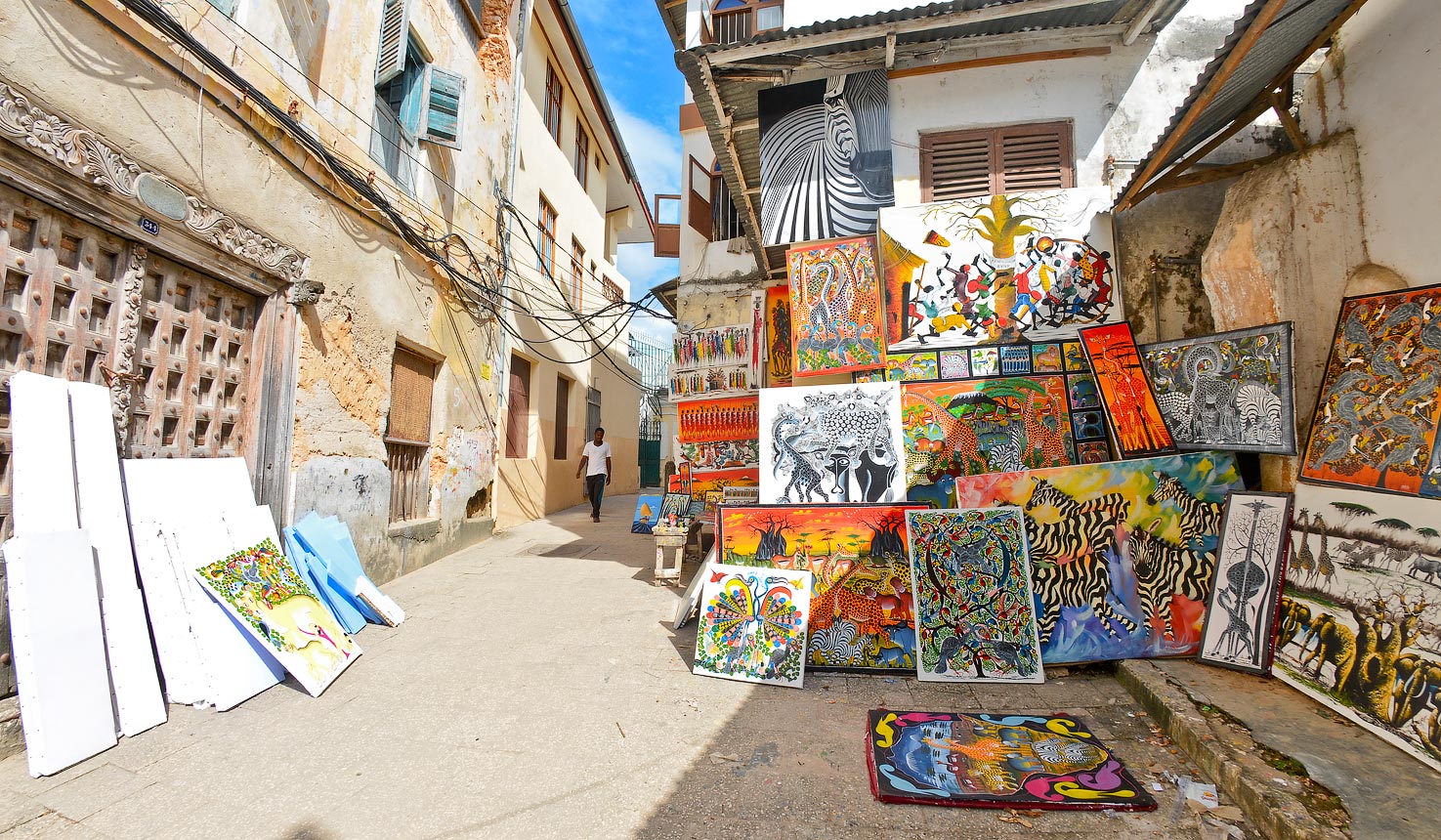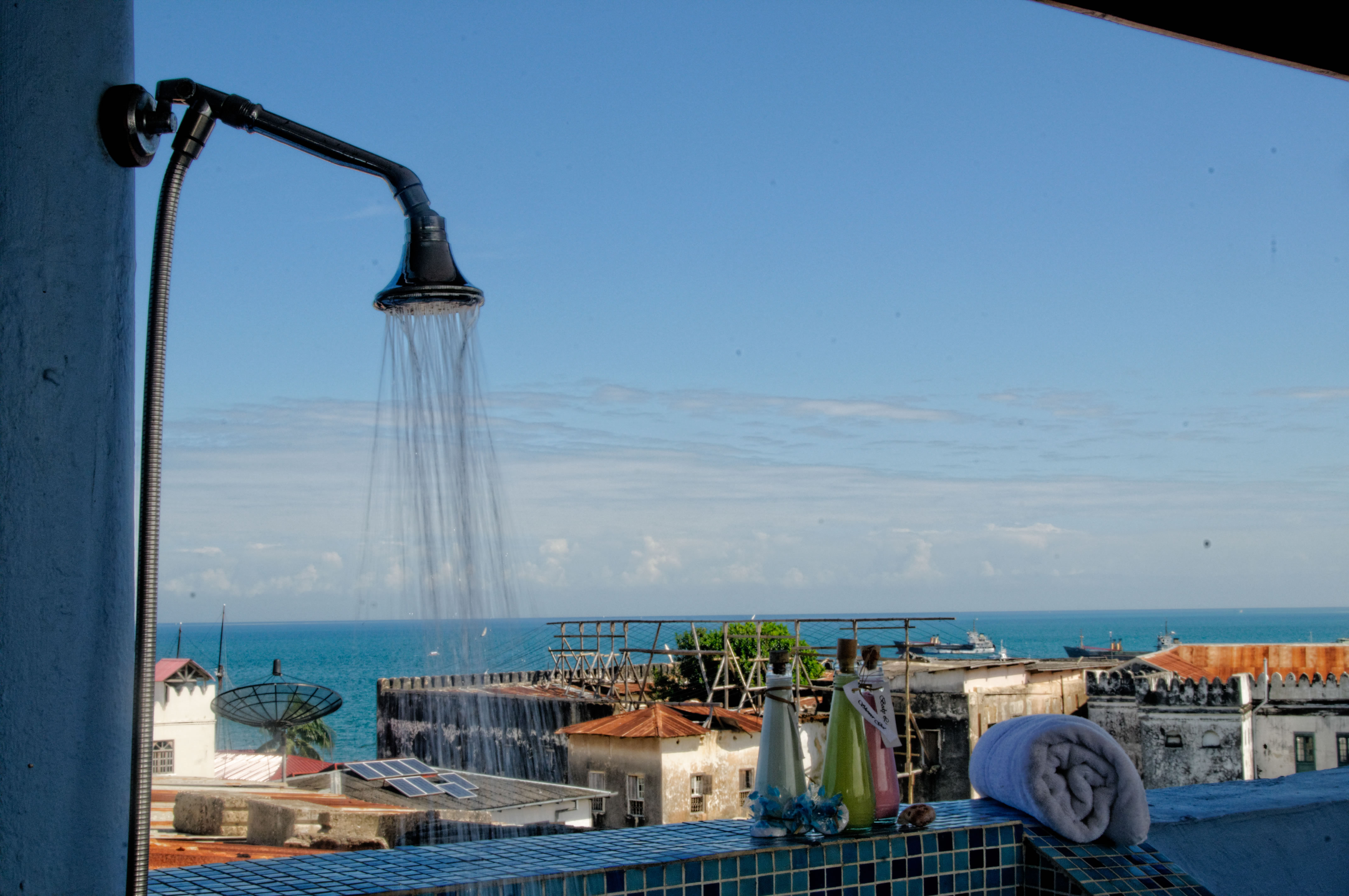Visit Zanzibar Island
THE BEST TRAVEL PLACE IN THE WORLD
Zanzibar has lured traders, adventurers, plunderers and explorers to its shores for centuries. The Assyrians, Sumerians, Egyptians, Phoenicians, Indians, Chinese, Persians, Portuguese, Omani Arabs, Dutch and English have all been here at one time or another. Some, particularly the Shirazi Persians and Omani Arabs, stayed to settle and rule. With this influence, Zanzibar has become predominantly Islamic (97%) – the remaining 3% is made up of Christians, Hindus and Sikhs. The earliest visitors to Zanzibar were Arab traders who are said to have arrived in the 8th century. The earliest building that remains on Zanzibar is the mosque at Kizimkazi, which dates from 1107, and is a present-day tourist attraction.
For centuries the Arabs sailed with the monsoon winds from Oman to trade primarily in ivory, slaves and spices. The two main islands, Unguja (normally known as Zanzibar Island) and Pemba, provided an ideal base for the Omani Arabs, being relatively small, and therefore fairly easy to defend. Indeed, in 1832, Sultan Seyyid Said, of the Busaid dynasty that had emerged in Oman, moved his Sultanate from Muscat to Zanzibar, perhaps making it easier to protect, where he and his descendants ruled for over 130 years. Most of the wealth lay in the hands of the Arab community, who were the main landowners at that time.
Zanzibar Stone Town
Goods from Britain docked here before they moved on to other parts of Africa. No longer very prosperous in the fiscal sense, the island has a wealth of historical monuments to visit which commemorate the African, British and particularly Arab influences- sultan’s palaces, cathedrals, mosques, fortresses and old colonial houses. “Spice Tours” are the ideal way to see the island’s historic sites and spice plantations. There is also a sanctuary for the rare Zanzibar duiker and the red colobus monkey in the protected Jozani Forest, just twenty-five kilometers from the town.

Widespread intermarriage between Shirazis and Africans gave rise to a coastal community with distinctive features, and a language derived in part from Arabic, which became known as Swahili. The name Swahili comes from the Arab word sawahil, which means ‘coast’. The Zanzibar descendants of this group were not greatly involved in the lucrative slave, spice and ivory trades. Instead, they immersed themselves mainly in agriculture and fishing. Those Shirazi that did not intermarry retained their identity as a separate group. Indian traders arrived in connection with the spice and ivory trade, and quickly settled as shopkeepers, traders, skilled artisans and professionals. The British became involved in missionary and trading activities in East Africa, and attempting to suppress the slave trade centred in Zanzibar.
Why Zanzibar
Stone Town, with its bazaars, mosques, and winding streets, is the cultural heart of Zanzibar, and no visit is complete without spending some time exploring this fascinating city. We can include a guided city tour on any of our tailor-made Zanzibar holidays. Its often convenient to spend a night in Stone Town if you arrive in the early evening or have an early morning flight. See a selection of Stone Town hotels here.

There are many exceptional beaches in Zanzibar with the beaches on the east coast recognised as some of the best, even more beautiful than they appear on postcards and in travel brochures. The sand here is brilliant white and powder fine, and stretches from Nungwi, at the northern tip of the island to Chwaka.
To the north of Zanzibar, the verdant island of Pemba remains largely undeveloped and unchanged. Pemba has miles of glorious, deserted beaches, but few tourists visit the island
BOOK TODAY HERE !





